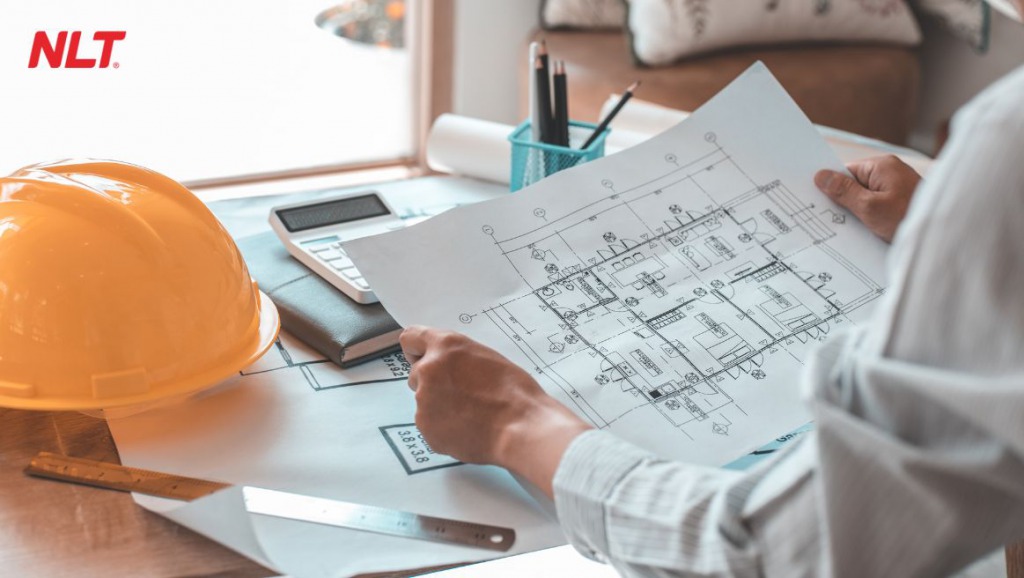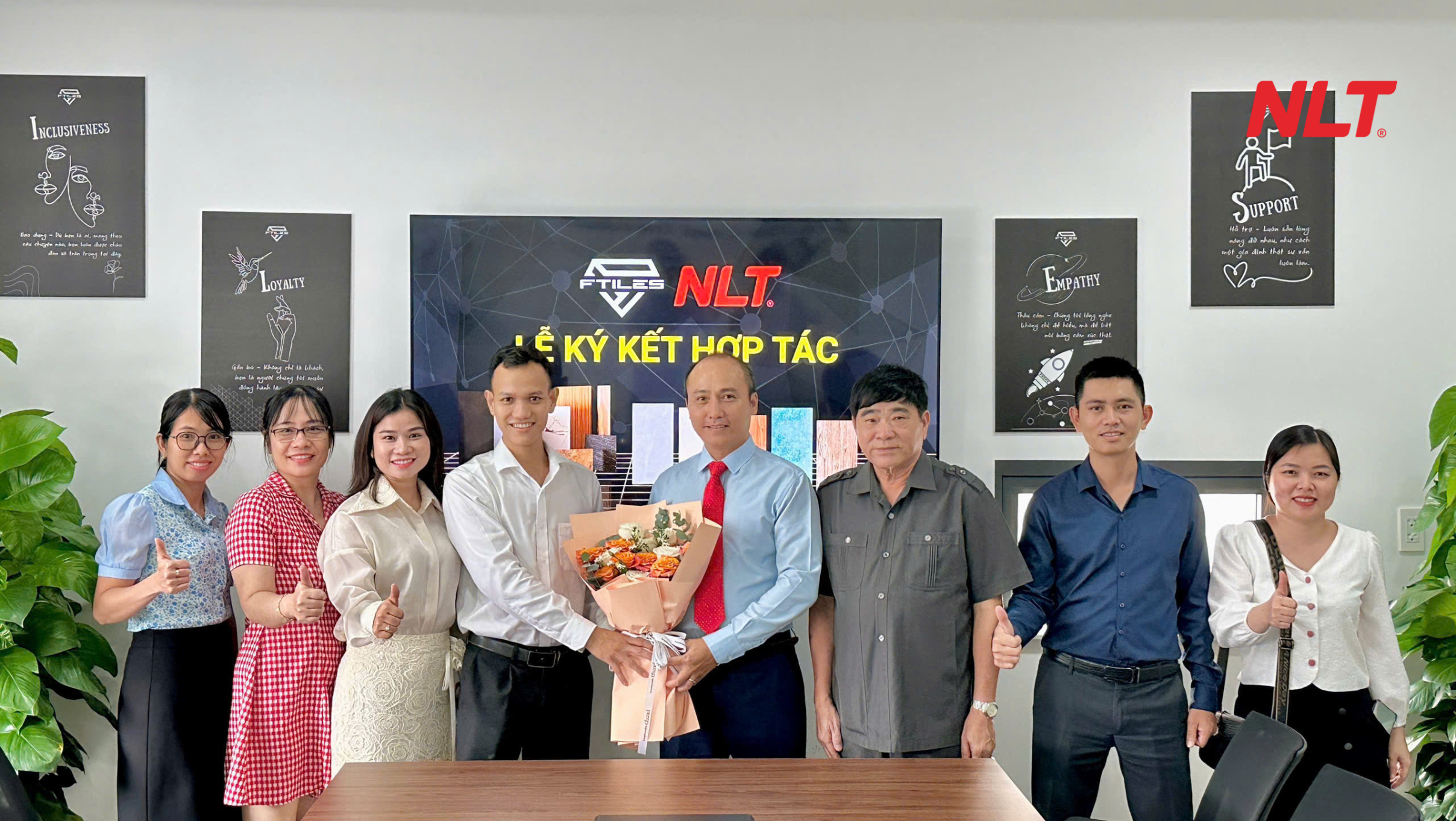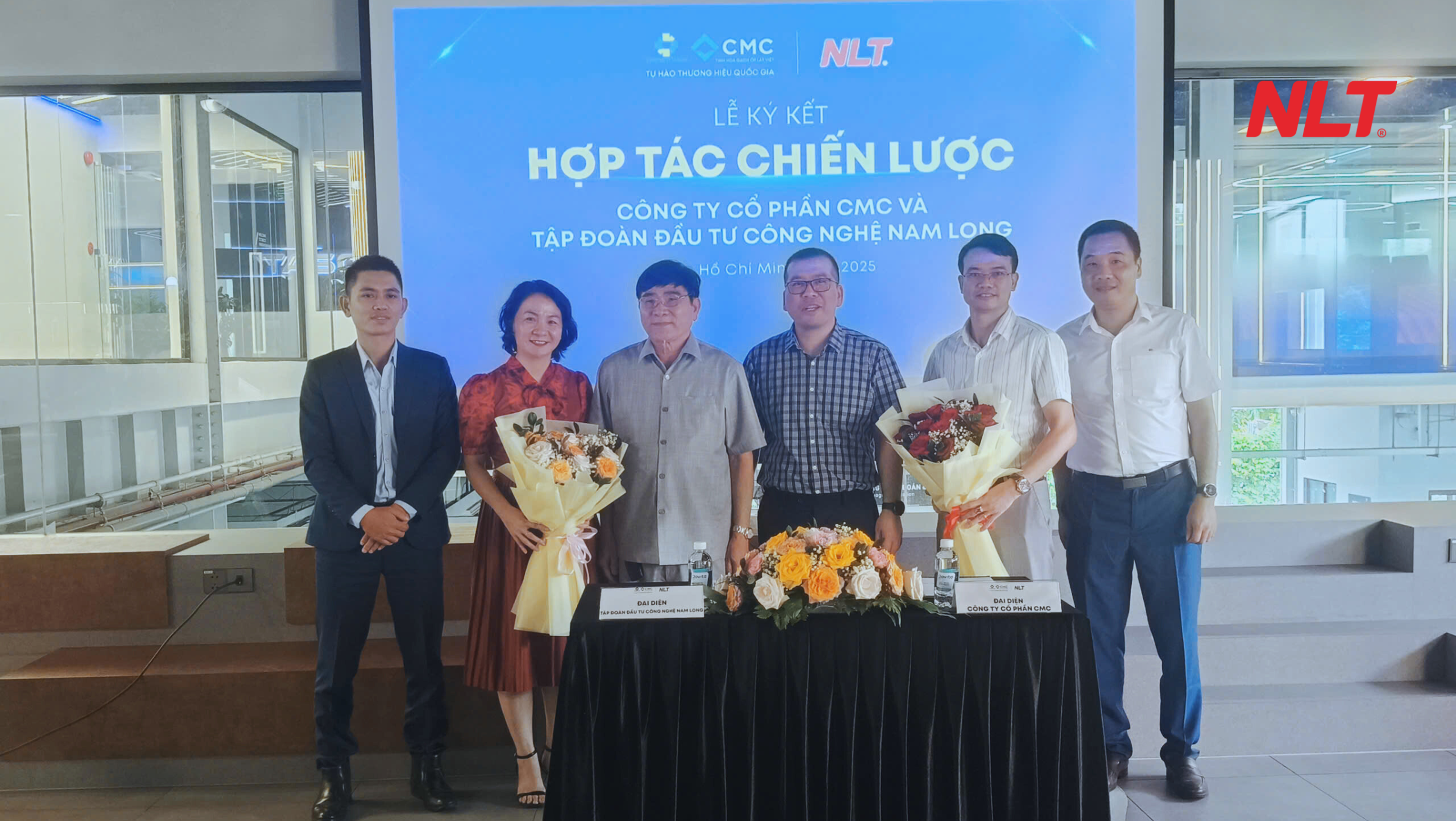Mechanical, Electrical and Plumbing (MEP) systems are indispensable components of any building. To follow safety and quality, MEP in Vietnam are required to comply with the Vietnamese Standards (TCVN) and Vietnamese Technical Regulations (QCVN). Moreover, drawing on internationally recognized standards such as IEC, NFPA and ASHRAE is necessary.
This article consolidates and categorizes the full of current MEP Standards which providing owners, contractors or engineers explicit insight for practical works.
Standards and regulations for MEP
MEP Standards and Regulations for Electrical Systems
- TCVN 7447 (IEC 60364): Requirements for the safe architecture, equipment selection and operation of low-voltage electrical installations.
- TCVN 9385:2012: Lightning protection for constructions — Guidelines for architecture, experiment and maintenance.
- QCVN QTĐ-8:2010/BCT: Vietnamese Technical Regulation on electrical engineering which is applicable to distribution power gried.
- TCVN 9206:2012: Placement of electrical equipment in buildings — Design Requirements.
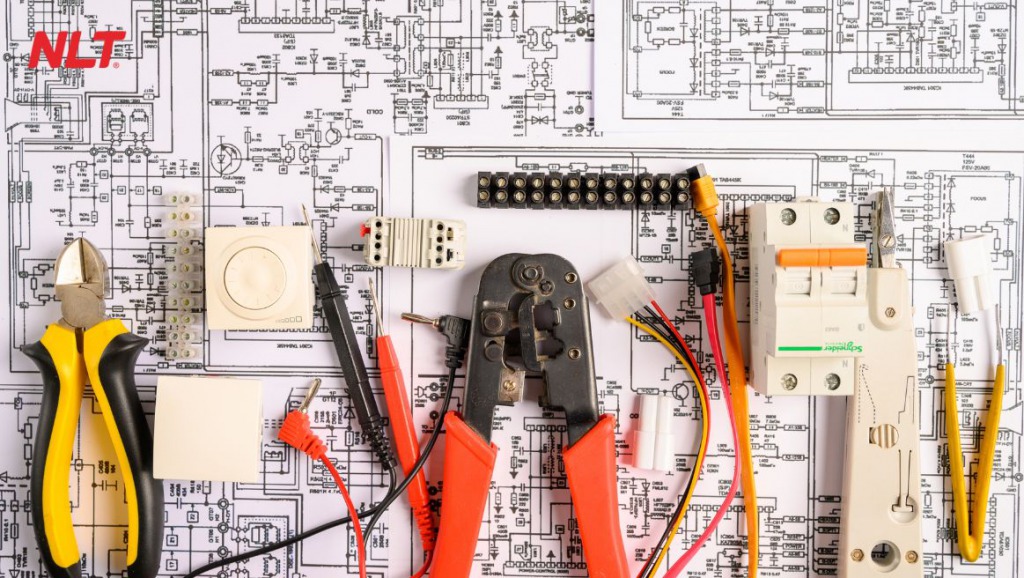
Realistic Function: These standards secure electrical safety, lessen the severity of explosion risks and optimize the operation of construction systems.
MEP standards and regulations for HVAC (Heating, ventilation and air-Conditioning) systems
- TCVN 5687:2010: Ventilation and air-conditioning — architecture standard.
- QCVN 02:2009/BXD: Vietnamese technical regulation on indoor microclimatic conditions in system.
- ASHRAE 55 & 62.1 (international reference): Thermal environmental conditions include temperature, humidity and indoor air quality ventilation.
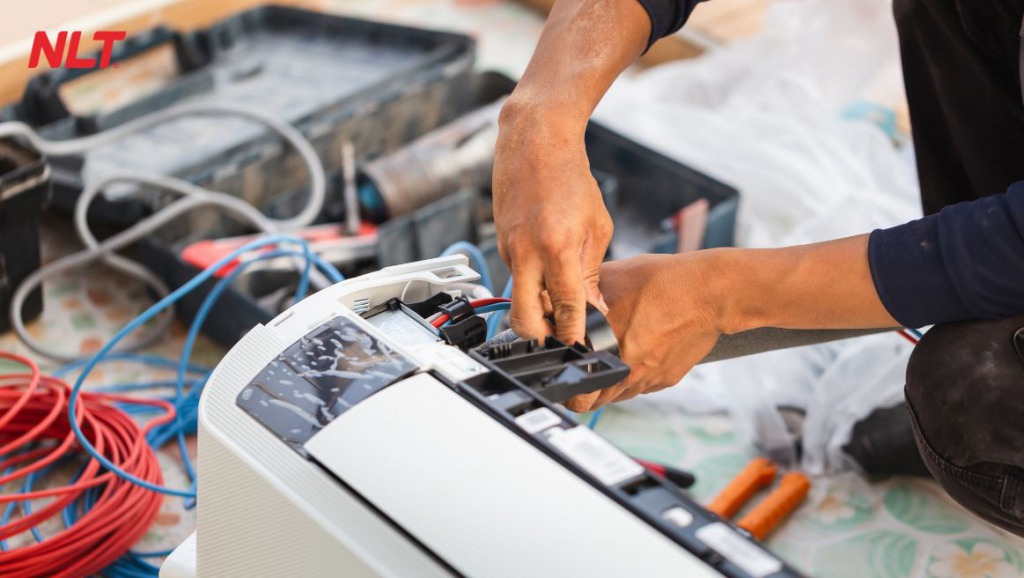
Realistic Function: Supports the maintenance of an optimal indoor microclimate, protect consumer’s health and guarantee the projects complies with energy-efficiency standards.
MEP standards and regulations for water supply and drainage systems
- TCVN 4519:1988: Internal water supply and drainage systems — architecture standard.
- TCVN 4474:2012: External drainage systems — Requirements for architecture and construction.
- QCVN 01:2009/BYT: Regulation on domestic water quality.
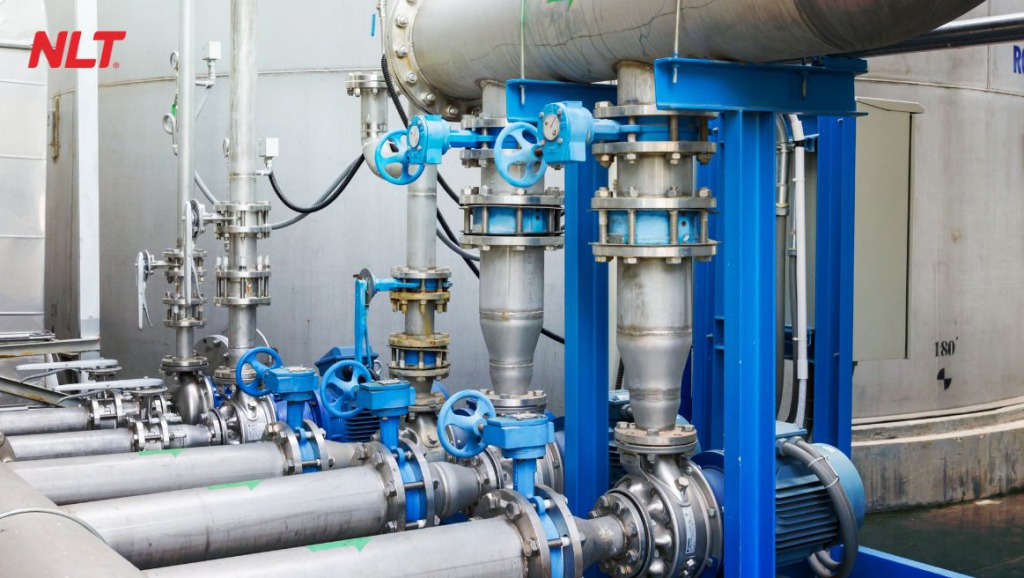
Realistic Fuction: Guarantee that pure water systems with health standards while preventing leakage and wate pollution.
MEP standards and regulations for fire protection systems (PCCC)
- QCVN 06:2022/BXD: Vietnamese Technical Regulation on fire safety for constructions and constructions.
- TCVN 3890:2009: Fire protection and firefighting equipment for buildings and constructions — Installation, arrangement, inspection and maintenance requirements.
- TCVN 5738:2001: Fire alarm systems — Technical requirements.
- NFPA Reference (United States): International reference standards for sprinklers, fire alarm systems and automatic fire suppression.
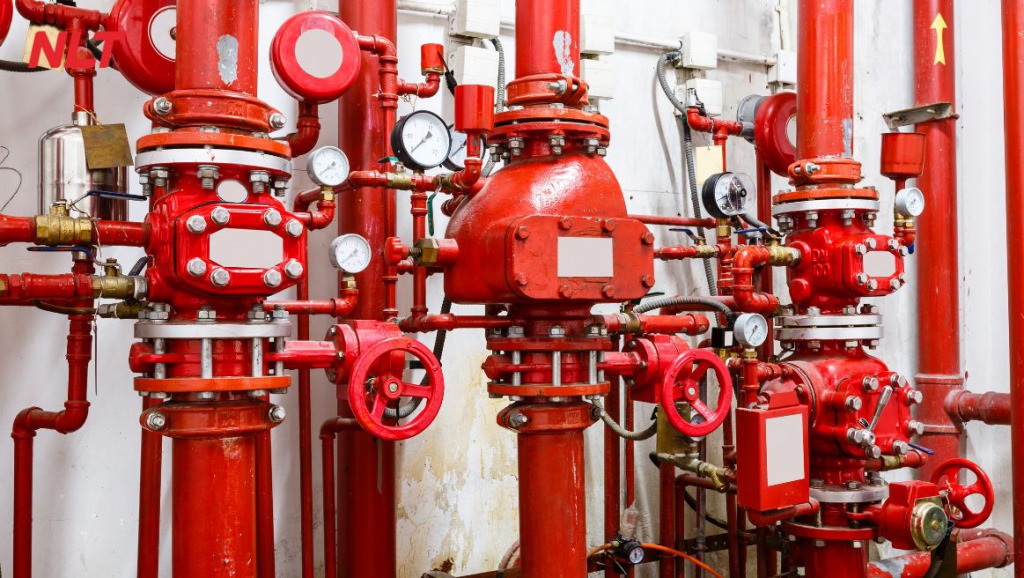
Practical application: These standards require mandatory approval by the Fire Prevention ( PCCC ) and Rescue Police Department before project acceptance.
>>> More: List of Vietnamese Technical Regulations issued by the Ministry of Science and Technology
MEP standards and regulations for elevators and escalators
- TCVN 6395:2008: Electric lifts — Safety requirements for construction and installation.
- TCVN 6396:2009 (ISO 4190): Safety requirements for escalators and Passenger Conveyor.
- QCVN 02:2011/BLĐTBXH: Technical regulation on occupational safety for elevators.
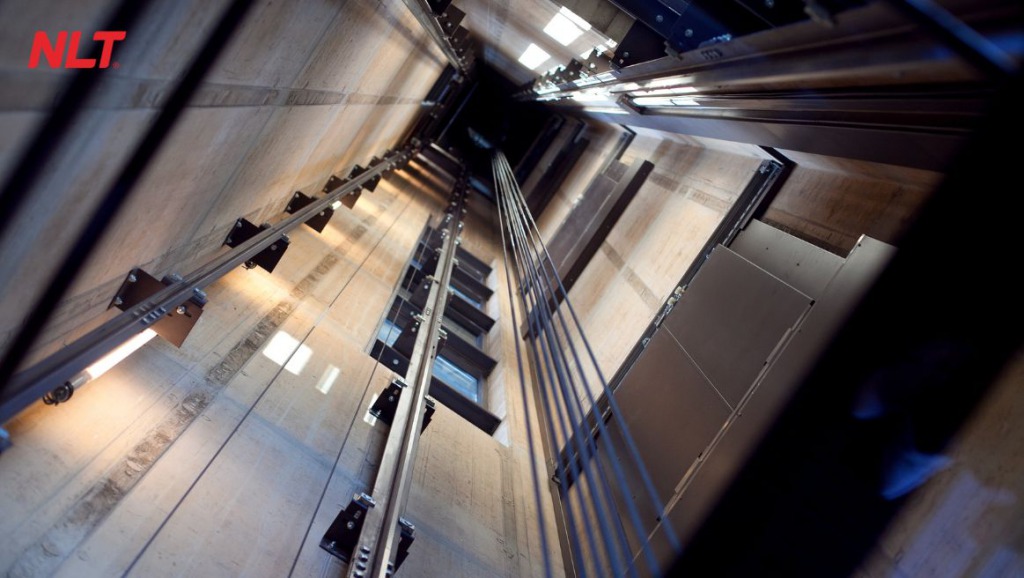
Realistic Function: Guarantee operational safety and compliance with mandatory commissioning regulations.
MEP standards and regulations on energy efficiency and “green” buildings
- QCVN 09:2017/BXD: Vietnamese Technical Regulation on Energy-Efficient Constructions.
- TCVN 7114-1:2008: Artificial lighting in constructions — Base requirements.
- International references: LEED (United States), LOTUS (Vietnam Green Building Council).
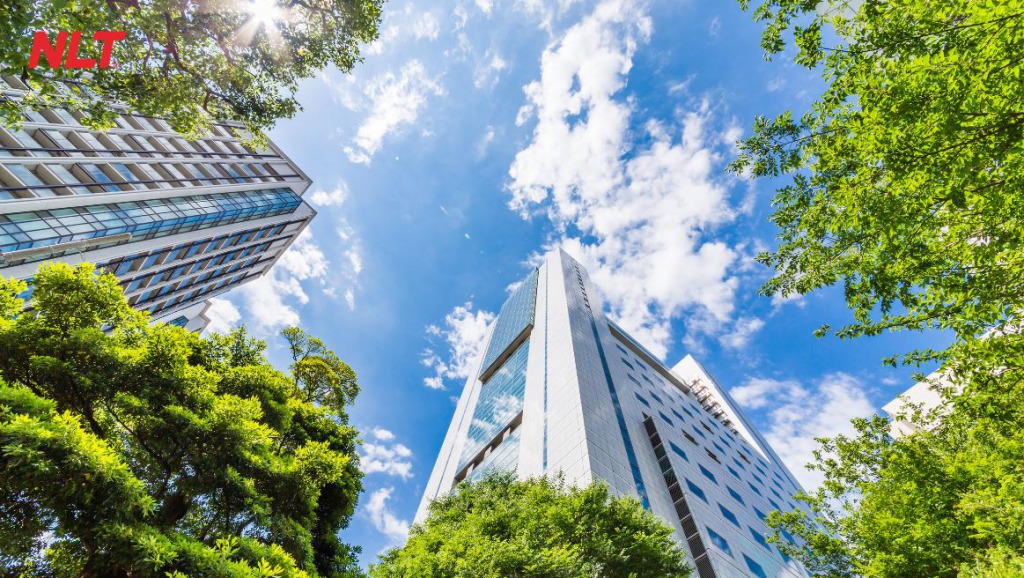
Realistic Function: With strict compliance, the project has archived green certification for energy saving and environmental protectioin.
Why is compliance with MEP standards and regulations important?
- Legal: Forms the basis for project commissioning and handover (in accordance with Decree No. 06/2021/ND-CP).
- Safety: Prevents fire-explosion, electrical hazards, flooding and workplace accidents.
- Economic: Reduces operating costs, minimizes maintenance and extends building lifespan.
- Social: Satisfying requirements for sustainable development and smart urban environments.
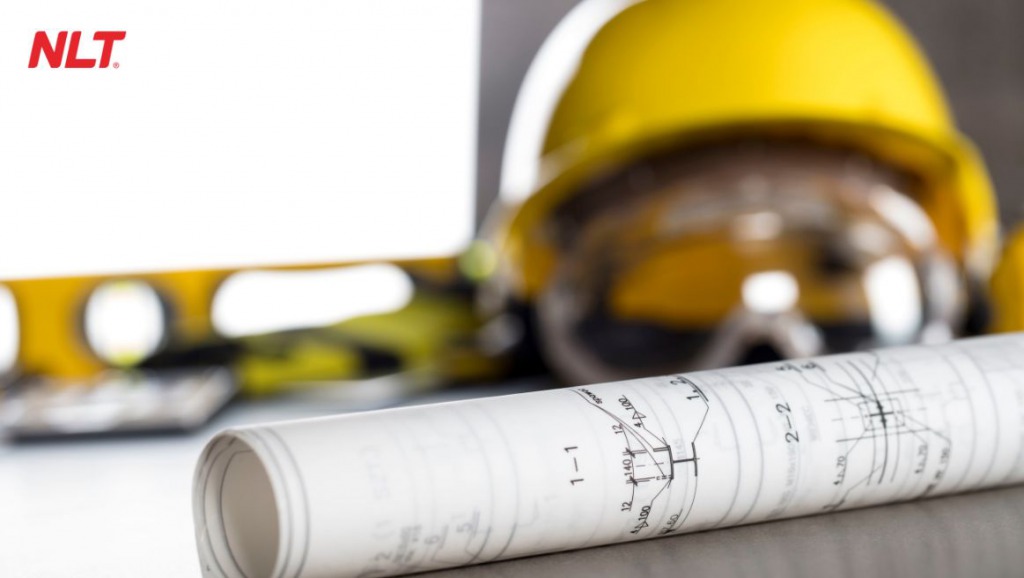
Conclusion
In Vietnam, MEP systems are governed by an extensive framework including TCVN, QCVN and international standards. Understanding and applying into system are both the responsibility of the head contractors. Moreover, there is a commitment of quality to the project owner.
As a head MEP contractor, companies such as NLT Group not only strictly follow to these standards but also integrate advanced technologies to enhance operational efficiency.
Which standards apply to electrical systems in buildings?
TCVN 7447 (IEC 60364), TCVN 9206:2012 and Vietnamese Technical Regulations (QCVN) on power distribution networks.
Which project components does QCVN 06:2022/BXD apply to?
This regulation sets out fire safety requirements for buildings and constructions. Beside, the rule is mandatory for design, construction and commissioning.
Is it necessary to comply with international standards such as NFPA or ASHRAE?
There are not mandatory, but they are often referenced to satisfy the requirements of international investors or high-end projects.
